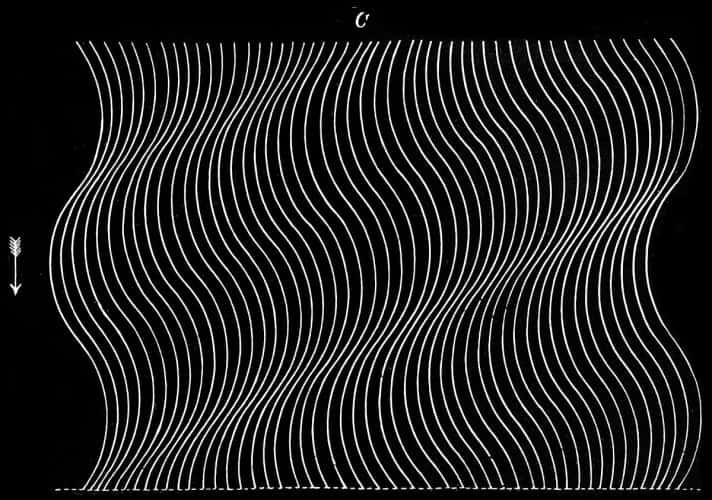Researchers from the Optics and Photonics group at Nottingham University’s Faculty of Engineering have developed a new technique that uses ultrasound to see inside individual living cells.

In contrast to conventional optical microscopy, which uses photons of light to magnify specimens, the new sub-optical phonon imaging method relies on sound. Described in the journal Scientific Reports, the technique uses wavelengths of sound that are shorter than those used in optical imaging. According to the researchers, it could even rival the optical super-resolution techniques which won the 2014 Nobel Prize for Chemistry.
“People are most familiar with ultrasound as a way of looking inside the body,” said Nottingham’s Professor Matt Clark, who participated in the study.
“In the simplest terms we've engineered it to the point where it can look inside an individual cell. Nottingham is currently the only place in the world with this capability.”
Using light in microscopy has limitations. For biological specimens, wavelengths smaller than blue light can’t be used, as the energy carried on photons of light in the ultraviolet range is so high it can destroy the bonds that hold biological molecules together. The fluorescent dyes used in optical super-resolution can be toxic, and the energy this technique requires can also damage cells.
Ultrasound avoids these problems, as it does not have a high-energy payload, and does not require the use of dyes. This means smaller wavelengths can be applied, providing higher resolutions without damaging cells.
“A great thing is that, like ultrasound on the body, ultrasound in the cells causes no damage and requires no toxic chemicals to work,” said Clark. “Because of this we can see inside cells that one day might be put back into the body, for instance as stem-cell transplants.”




Red Bull makes hydrogen fuel cell play with AVL
Formula 1 is an anachronistic anomaly where its only cutting edge is in engine development. The rules prohibit any real innovation and there would be...